The history of the Southern Cultures Park in Adler, which survived the revolution, the war and the Olympics
By Pictolic https://pictolic.com/article/the-history-of-the-southern-cultures-park-in-adler-which-survived-the-revolution-the-war-and-the-olympics.htmlThe Southern Cultures Park in Adler, Sochi, may not be as huge and popular as the Arboretum in greater Sochi, but it managed to get through the revolution, the Great Patriotic War, natural disasters and even the Olympics. If you've ever been there, you'll probably remember it.
The history of this wonderful place, which recently began to be improved again, clearing paths and places for planting new plants, dates back to 1910, when the former mayor of St. Petersburg Daniil Vasilyevich Drachevsky, who owned land at the mouth of the Mzymta River, decided to build a park here. Drachevsky had an estate with an area of 34 hectares, which was called "Accidental". According to legend, this name arose because the ex-mayor won the plot in cards. Other narrators even claim that the estate passed to Drachevsky due to the payment of a gambling debt from Prince Alexander Petrovich of Oldenburg, the founder of the first Gagra climatic resort on the Caucasian coast.
The former St. Petersburg mayor decided to explore these places. At that time it was very popular to arrange dendrological gardens and parks, and Drachevsky ordered a large-scale project from the fashionable landscape designer of that era Arnold Regel, the son of the director of the St. Petersburg Botanical Garden Eduard Regel. Arnold Regel built the project of "Southern Cultures" according to theoretical data, but he himself has never been to Adler.
(6 photos in total)
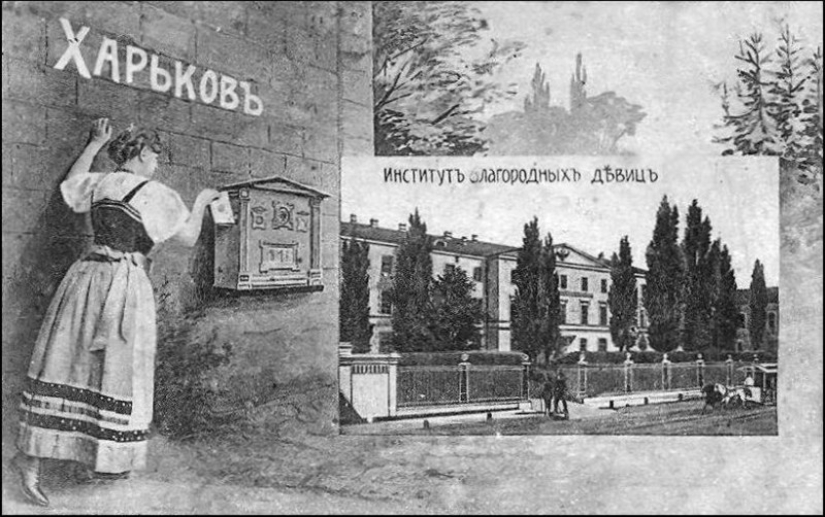 Source: Scapp.ru
Source: Scapp.ru
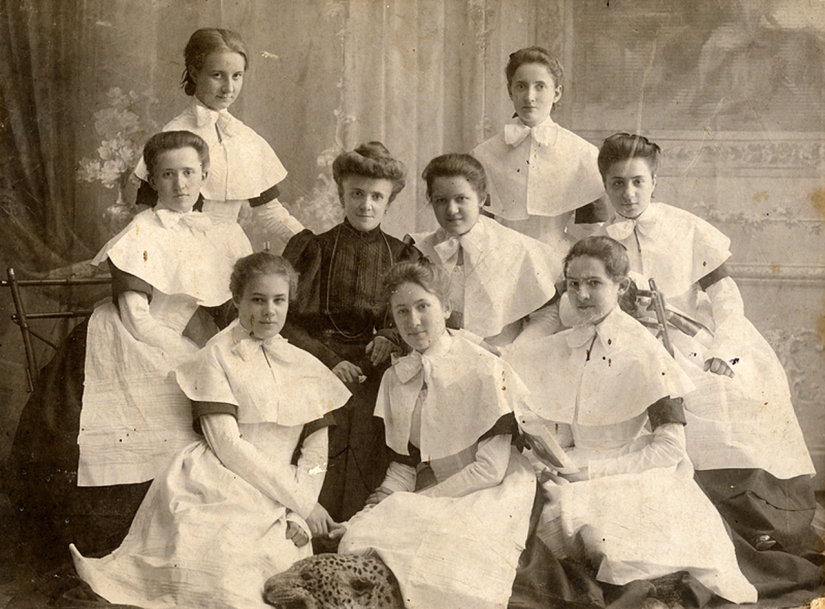
In 1910, the park "Southern Cultures" was founded, and its creator, as well as the first keeper, was Roman Skrivanik, one of the employees of the experimental agricultural station in Sochi, a local with Czech roots. During the construction of the park, mature trees grown in the nursery in Gagra were used, and thanks to this, all the work was completed by 1912. Gardener Skrivanik was faithful to the park until his death: he took care of the plants until the end of his life, and it is believed that his grave is located in the park itself.
The first disaster happened to the park when the Great October Revolution took place: the owner of the estate Drachevsky, as well as the designer of the park Regel, were victims of the Red Terror. The land itself was nationalized, and the park fell into disrepair. No one was engaged in plants until the 1930s, when the general reconstruction of the Sochi resort was organized. For this purpose, seedlings of trees and plants were needed, and it was decided to revive the nursery on the basis of the park itself, which, in turn, entered the Southern Cultures state farm.
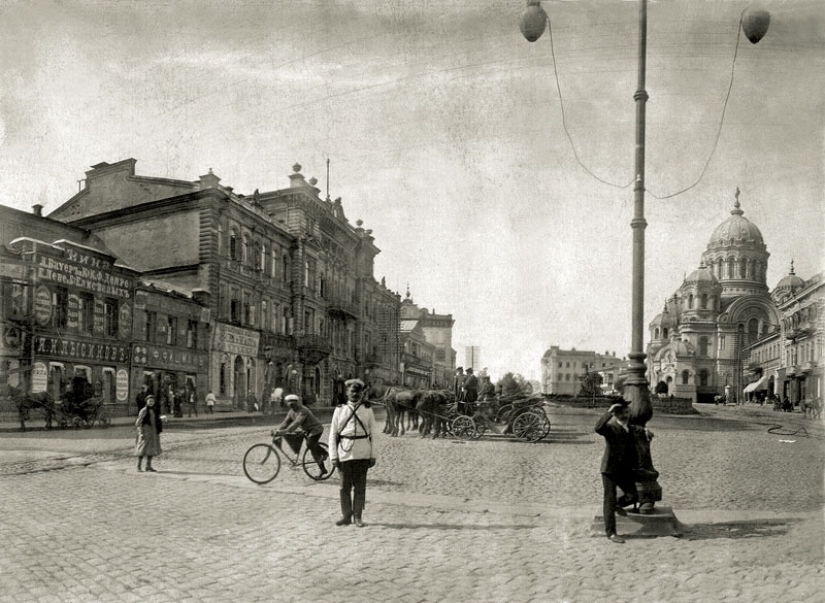
In the book "Exotics of the Black Sea coast", which was published in 1934, the following description of the park "Southern Cultures" is given:
Nowhere in the area do we see such exuberant growth as in this park… The well-designed park in the English landscape style was well decorated, and since it is still relatively young, despite the poor care during 1918-1925, it now has a beautiful view. True, there are no cleared paths, there are no gushing fountains, but artfully made ponds and large green glades among artfully selected exotics completely replace both paths and fountains, and, perhaps, if they were, the park would not leave such a pleasant impression on its visitors as it is now. It is difficult, of course, to put into words the beauty of the park, you need to go there and see for yourself.

At the time when this book was being written, it was very problematic to get to the "Southern Cultures": according to the author, it was necessary to travel three kilometers by cab from the station in Adler, and then transfer to the ferry to swim across the river. Now it is much more convenient to get here: many Adler city public transport routes pass by the "Southern Cultures".
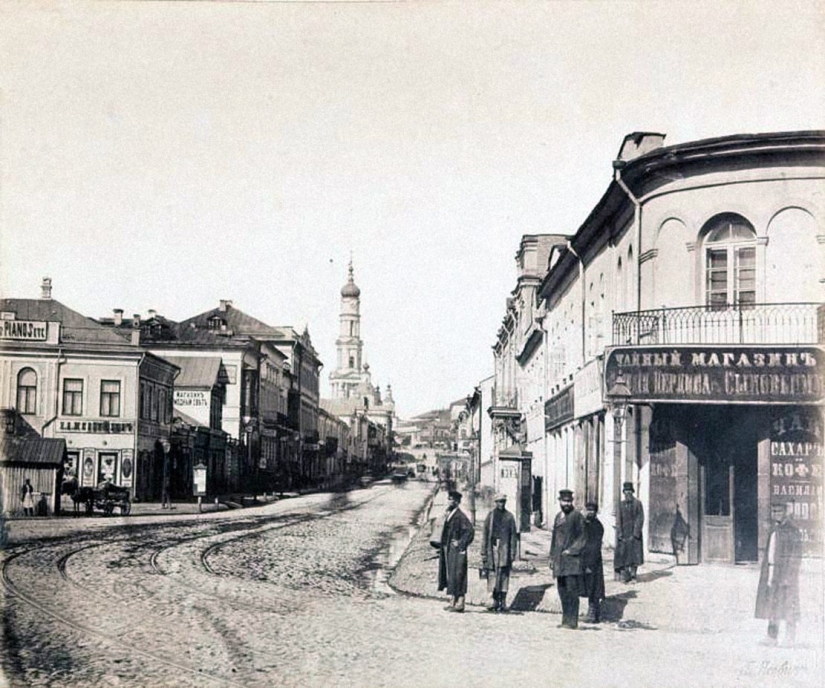
According to the results of the first inventory in the history of the park, which was conducted in the mid-1930s, it was found that in the "Southern cultures" there are 5,193 trees and shrubs of 324 species and 187 varieties. The park was reconstructed and expanded. On the new territory of the park, plants were planted that were donated by the Chinese authorities to Russia for ceding the Manchurian part of the Chinese Eastern Railway to them. A colleague of the famous Russian and Soviet scientist Nikolai Vavilov, Professor of the Tauride University Dmitry Artsybashev had a hand in making camellias, Japanese maples, sakura, rhododendrons, tulip tree, magnolias, sophora and other rare specimens brought from various parts of the planet appear in the "Southern cultures" in the 1930s.

But the Great Patriotic War began, and work on the reconstruction of the park had to be suspended. This issue was returned only in the 1950s. Then they began to develop new territories of the Southern Cultures Park again and planted a eucalyptus grove. The park began to supply exotic plants throughout the Soviet Union. Due to the great variety and uniqueness of the plant collection, many tourists came here, and the locals loved to spend their free time here. In the 1960s and 1970s, Sochi residents organized picnics among banana trees, bamboo thickets, araucaria and other interesting plants.
In the early 1980s, the rampant elements proved disastrous for "Southern cultures": a strong tornado passed, destroying more than a thousand trees and shrubs. And then the 1990s came, and due to lack of funding, the park came to almost complete desolation: its paths and ponds were gradually overgrown, and valuable plants were dug up and carried away by vandals.
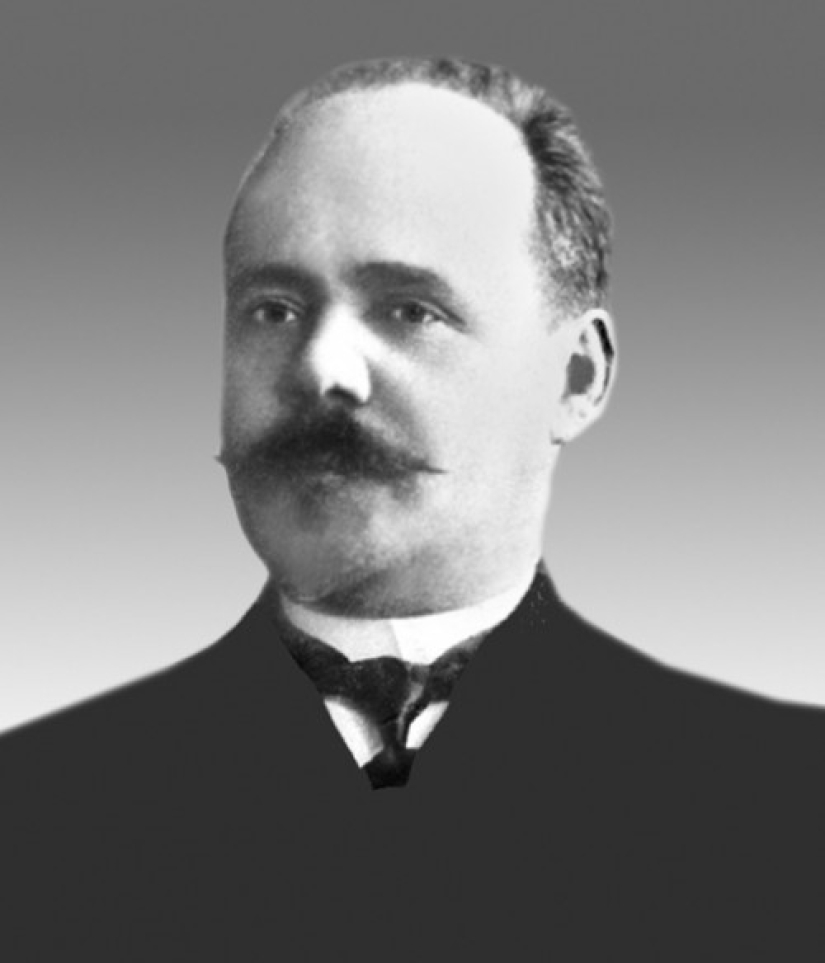
Another devastating tornado in 2001 destroyed more than 600 trees and shrubs: the century-old sycamore alley and the grove of Australian eucalyptus trees came to an end. Then, for almost ten years, the park was practically abandoned and existed only by a group of activists, local residents and former employees of the park.
The Olympic construction site also contributed to the damage to the unique monument of landscape design, as a result of which the irrigation system of the park was disrupted, and concrete dust destroyed many plants.
The holiday on the street of "Southern Cultures" came only in 2012, when the park was transferred to the "Sochi National Park", and two years later the sycamore alley returned to the "Southern Cultures". At the beginning of 2015, funding was finally allocated and a new reconstruction started. The ponds of the park were cleaned, the upper part of the territory was landscaped, as well as the sycamore alley, eucalyptus grove and the "French park". After the restoration of bridges, balustrades, stairs, fountain with sculpture and gazebo, the park welcomes visitors again.
Keywords: Trees | Shrubs | Monuments | Park | Parks | Plants | Sochi | USSR
Post News ArticleRecent articles

It's sad to say, but we're all going to die. Death comes into the life of any person, and often unexpectedly. However, there are ...

A wrinkled forehead, a toothless mouth, frowning brows or, conversely, a happy smile and the absence of hair or their rare ...
Related articles

Some trees are so large that buildings can be built not from them, but directly in them or on them. And today we will tell you ...

Sculptures created by real masters are, if not artistic, then certainly of historical value. Despite this, scientists sometimes ...

Japan is famous for cherry blossoms, but these are not all the most beautiful symbols of this country. Wisteria, thanks to the ...

A young photographer named Izabella Bedő decided to share simple but very valuable tips on how to take stunning photos of, for ...